Via Pozzo 21, Tuoro sul Trasimeno 06069 Perugia
info@capriccidimerion.it
Telefono +39 075 825002
Fax +39 075 8258217
Si può viaggiare in tanti modi diversi: con il corpo, con la mente, con la fantasia e ancora con il Cuore e con i sensi…
scopri tutto ciò visitando il nostro territorio.

Roma, storica capitale dell’Impero romano e sede del Papato, è la capitale d’Italia. Sicuramente una delle città più belle del mondo, ricca di tantissimi luoghi di interesse storico, artistico e culturale: San Pietro, situata all’interno della Città del Vaticano, è la chiesa più famosa in assoluto, il Colosseo, collocato al centro della città, è il più grande monumento romano, Castel Sant’Angelo si è trasformato nel tempo da monumento funebre ad avamposto militare, da carcere a museo. Piazza di Spagna, Piazza Navona, la Fontana di Trevi, i Fori Imperiali, il Pantheon, le Terme di Caracalla sono solo alcuni dei possibili esempi che si possono ammirare nella Città Eterna, la città con il maggior numero di chiese e fontane al mondo.
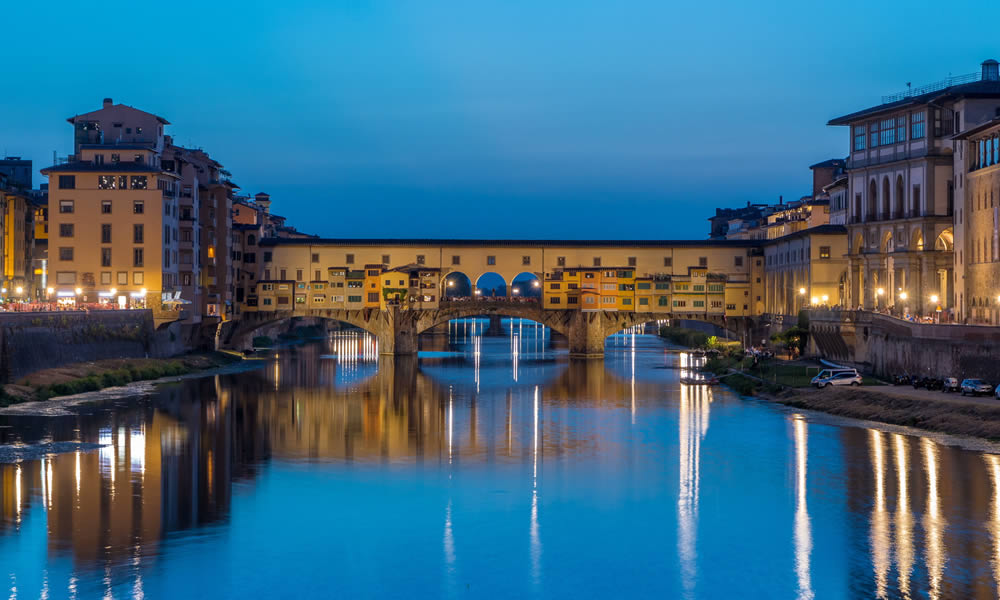
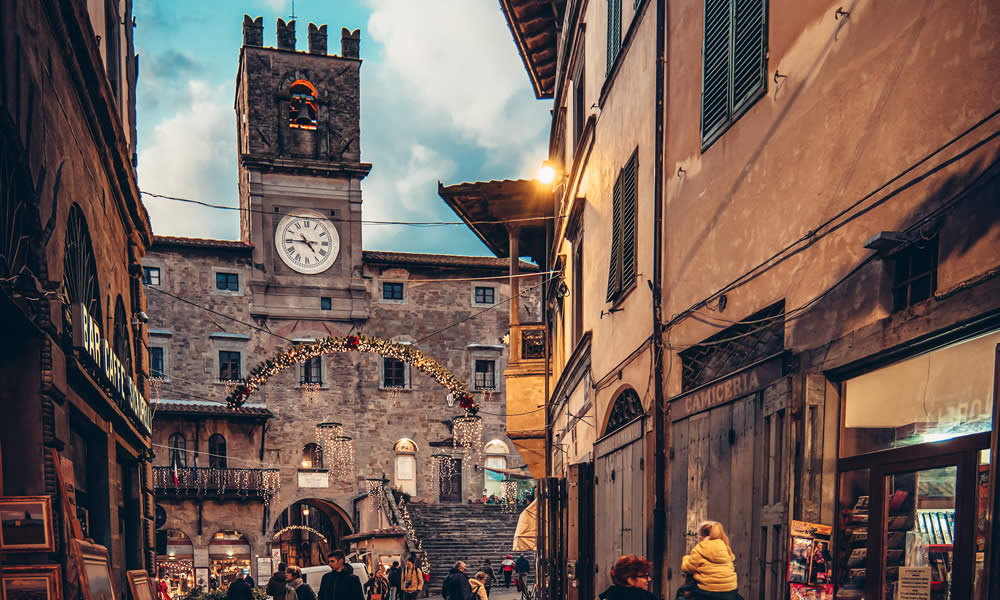
La città di Cortona è situata a circa 600 metri sul livello del mare, sul colle che domina la pianura fra Arezzo e Perugia e la sua fondazione dovrebbe datarsi fra il V ed il II secolo a.C. Fra gli edifici di maggiore pregio artistico ed architettonico nel nucleo più antico della città sorgono, oltre varie residenze nobiliari, il Palazzo del Capitano del Popolo, il Palazzo Comunale, la Chiesa di San Francesco e la Basilica di Santa Margherita. Resa nota all’estero grazie alla scrittrice statunitense Frances Mayes, che vi ha ambientato il suo romanzo “Sotto il sole della Toscana”, uscito nel 1996 e da cui è stato tratto l’omonimo film con Diane Lane.
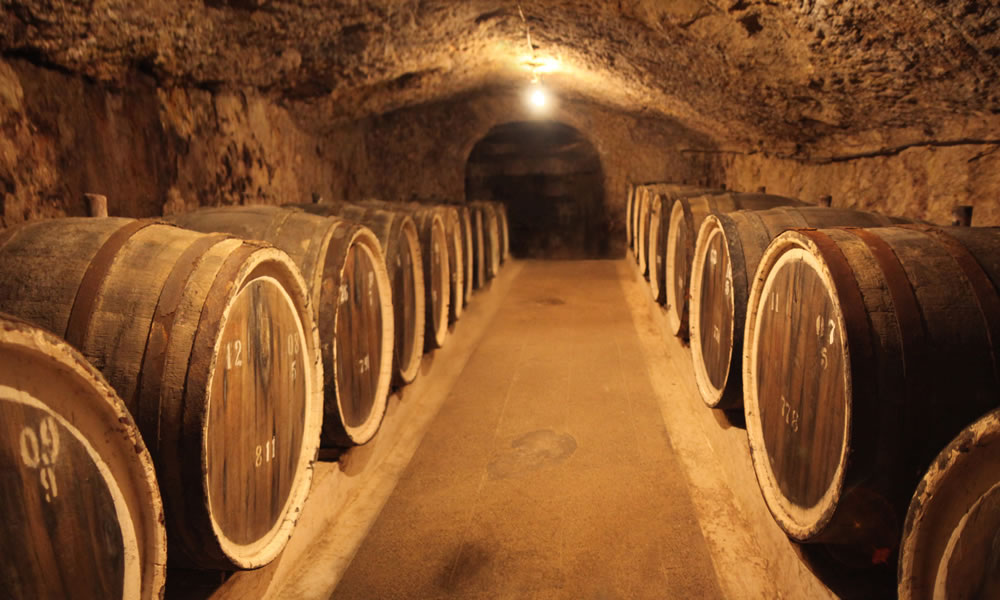
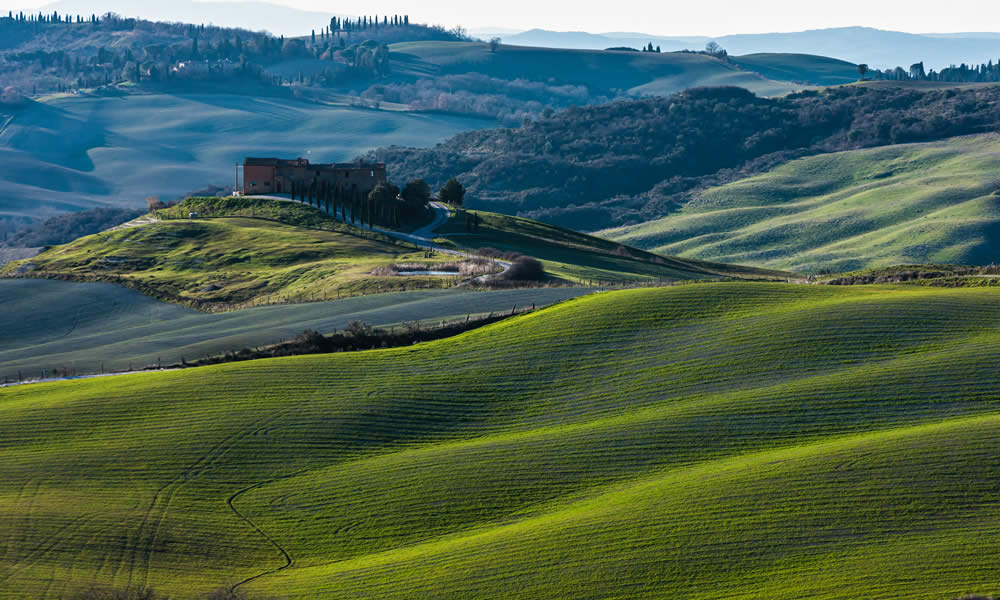

Le origini di Siena probabilmente sono da attribuirsi agli Etruschi, in base ai ritrovati storici dell’epoca portati alla luce in questo territorio. La città deve la sua notorietà al famoso Palio, corsa di cavalli che si svolge il 2 Luglio e il 16 Agosto di ogni anno, ai suoi vini conosciuti e celebrati in tutto il mondo come il Chianti e il Brunello di Montalcino e all’ affermata produzione dolciaria che ha consacrato la gustosità dei ricciarelli, dei cavallucci e del panforte. Unica per la sua particolare forma a conchiglia e per l’integrità architettonica dei suoi spazi, Piazza del Campo rappresenta il cuore della città.
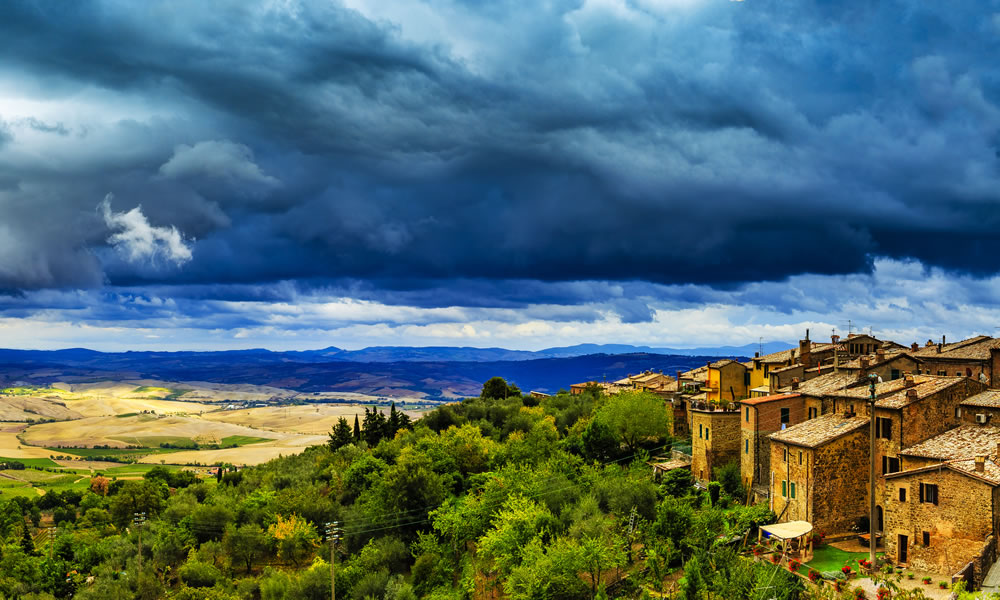
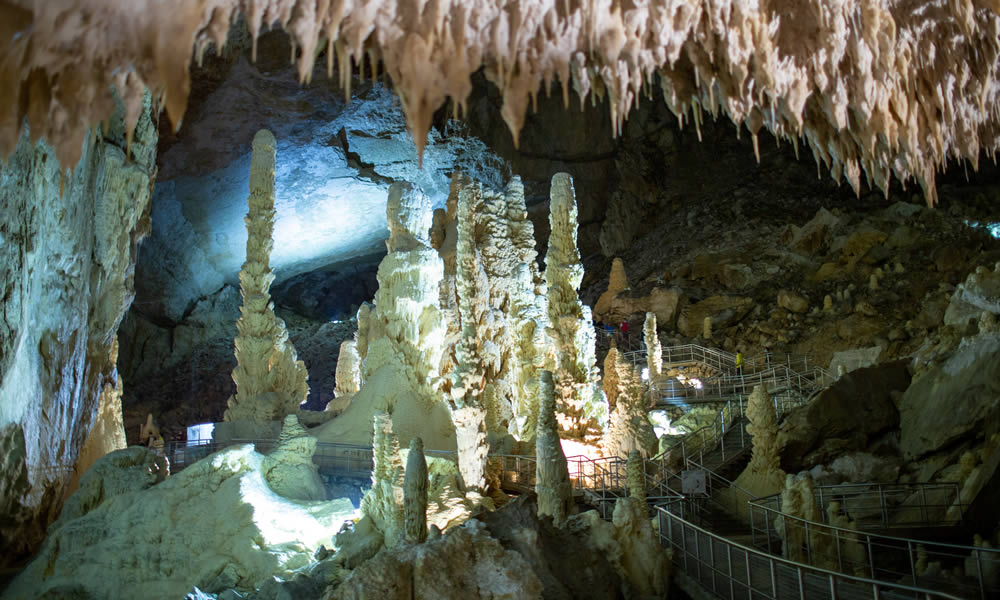
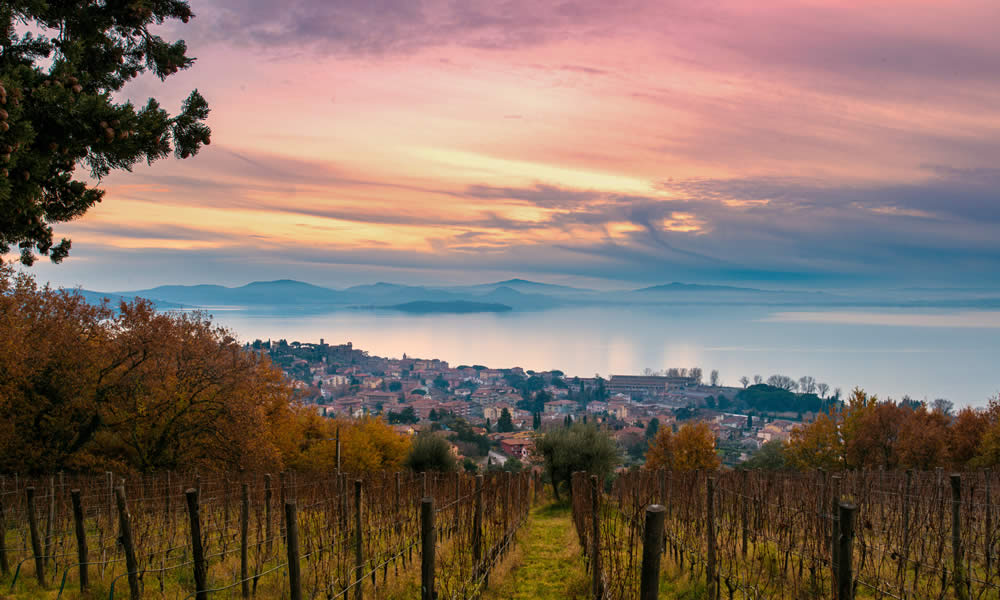
Passignano è un paese-castello situato su di un promontorio roccioso a nord est del Lago Trasimeno. La sua storia è sempre stata legata a quella del castello, la cui Torre di Ponente domina ancora l’abitato.
La trasformazione da borgo di pescatori a ‘Perla del Trasimeno’ è datata 1907 quando il primo vaporino, il Concordia, ebbe la fortuna di trasportare la Regina Margherita di Savoia in gita sul lago, fatto che portò immediata notorietà al paese.
L’ultima domenica di luglio di ogni anno si svolge il Palio delle Barche, rievocazione storica della fuga degli Oddi avvenuta nel 1495, che vede i quattro rioni sfidarsi in una gara che alterna percorsi in barca sul lago e a terra, fra le vie del paese con le barche in spalla.
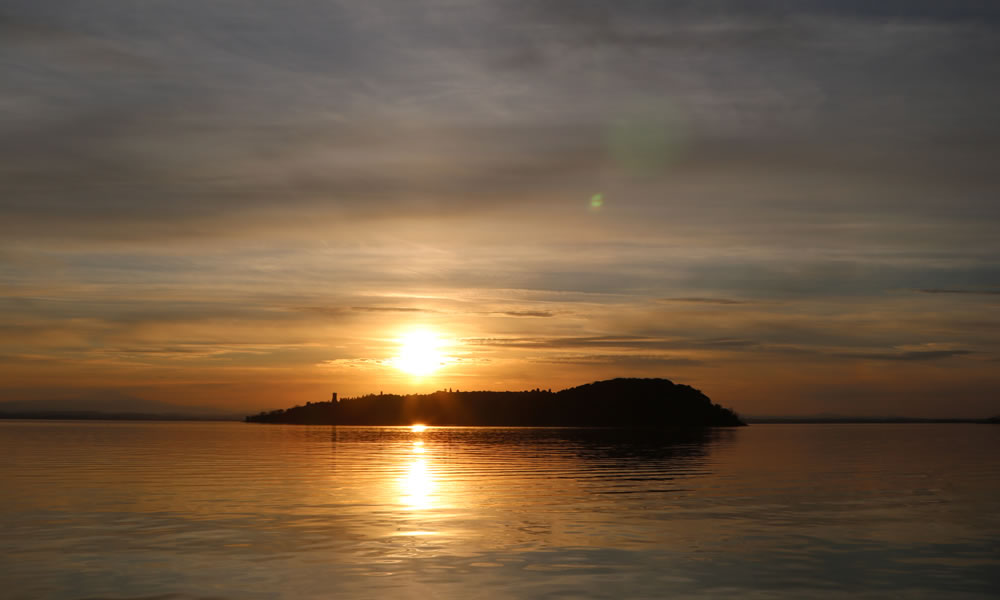

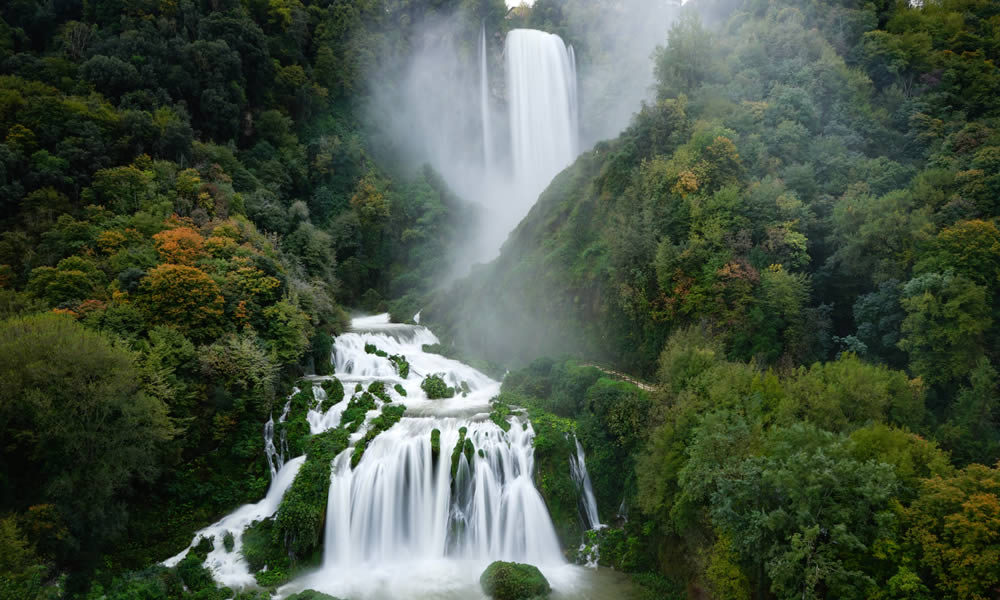
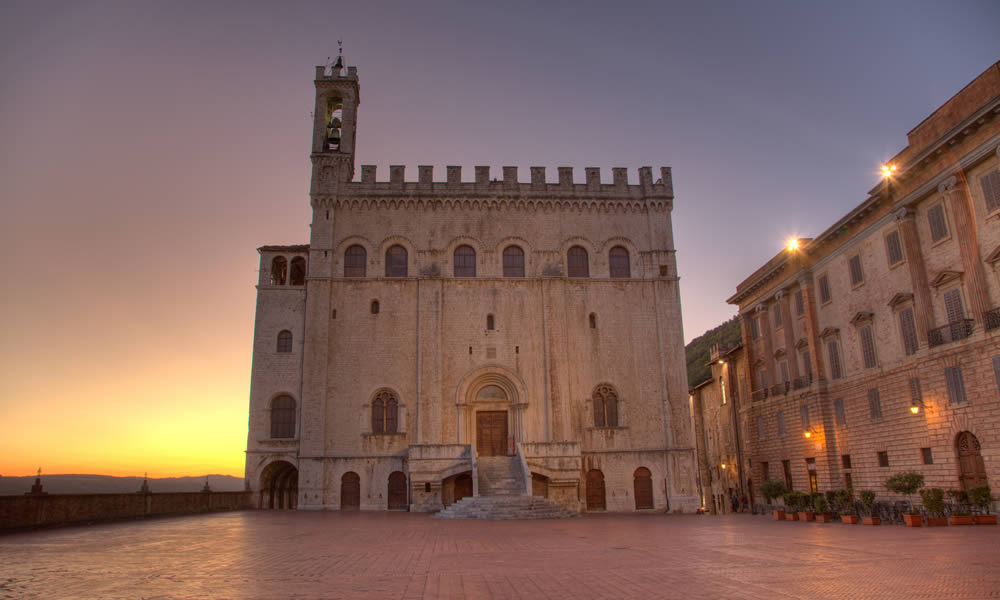
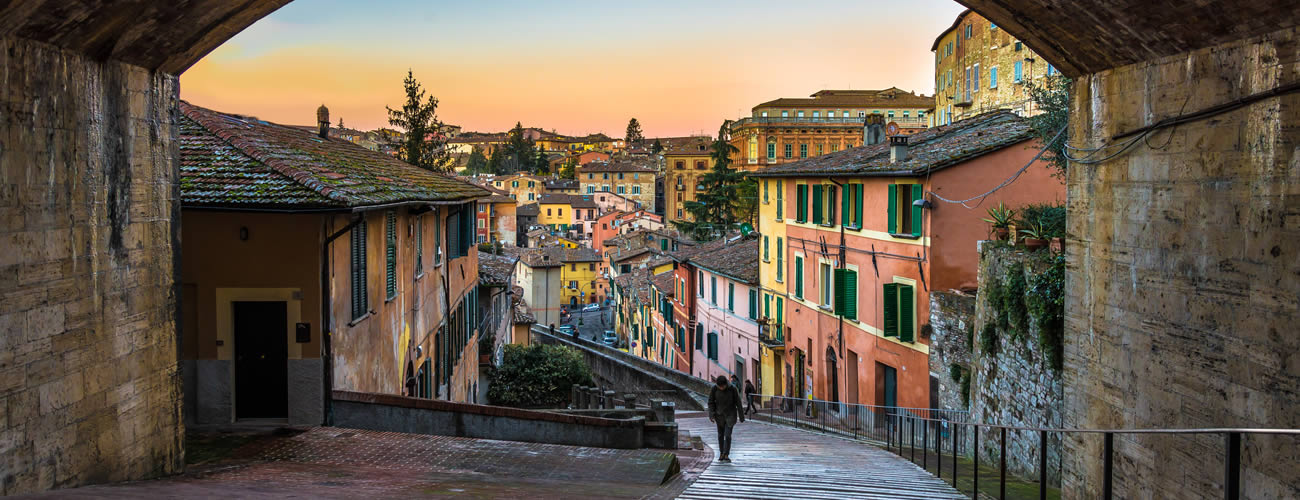
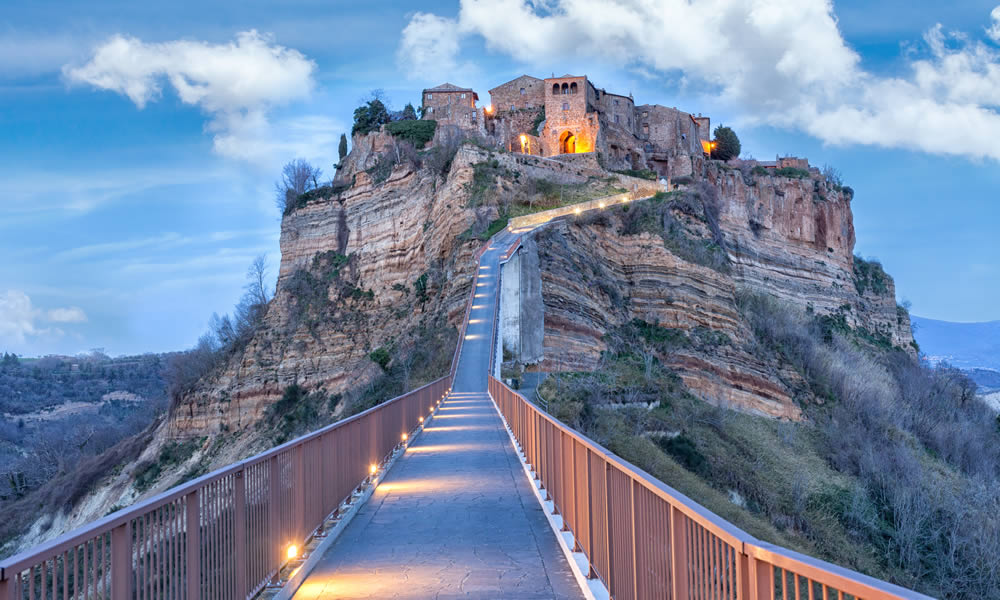
Un lungo ponte pedonale di circa 300 m che collega il belvedere a Civita di Bagnoregio è l’unico modo per raggiungere la cittadina, un borgo da favola di origine etrusca che sembra essere sospeso tra mito e storia: case antiche che sorgono attorno alla piazza principale, dove sorge la Chiesa di San Donato, ed altre affacciate verso la valle dei calanchi, Civita di Bagnoregio è stata denominata “La Città che Muore “, a causa della continua erosione della piccola collina su cui sorge.
Si accede al ponte tramite il pagamento di un ticket acquistabile anche on line oppure scegliendo tour di gruppo o privati.
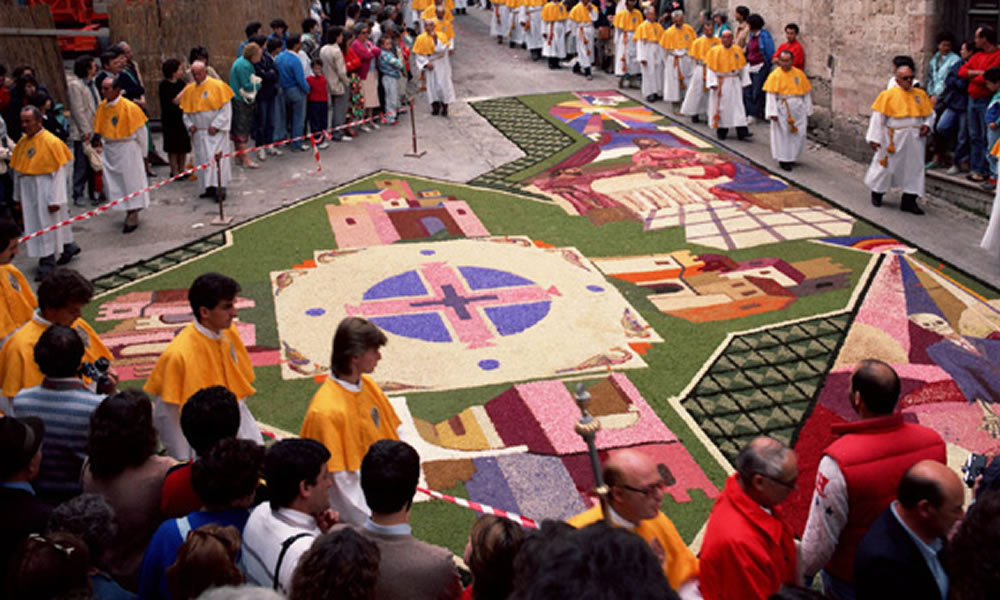
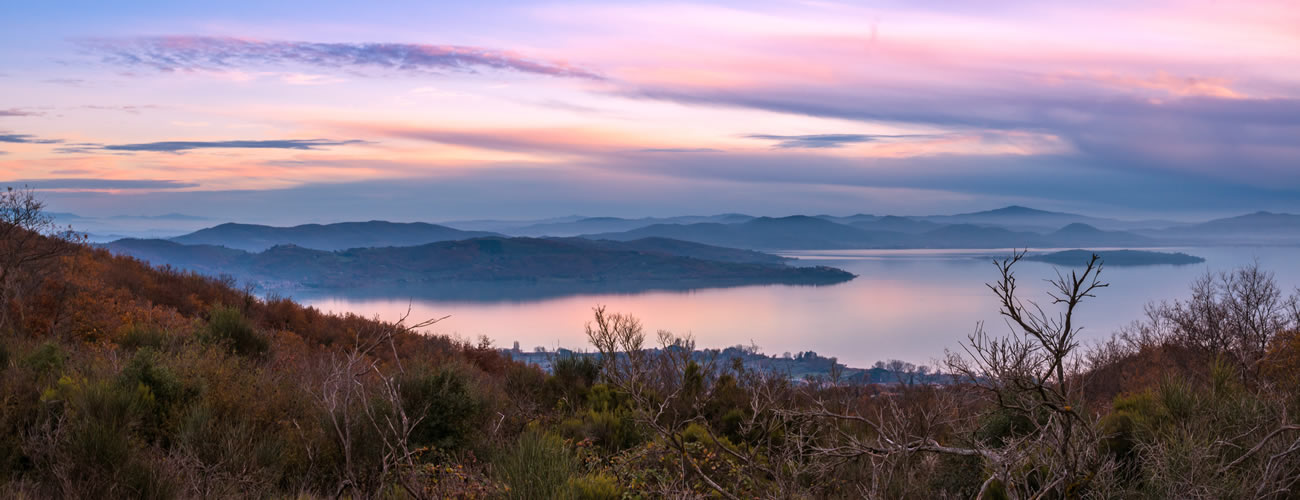
Via Pozzo 21, Tuoro sul Trasimeno 06069 Perugia
info@capriccidimerion.it

Telefono +39 075 825002
Fax +39 075 8258217